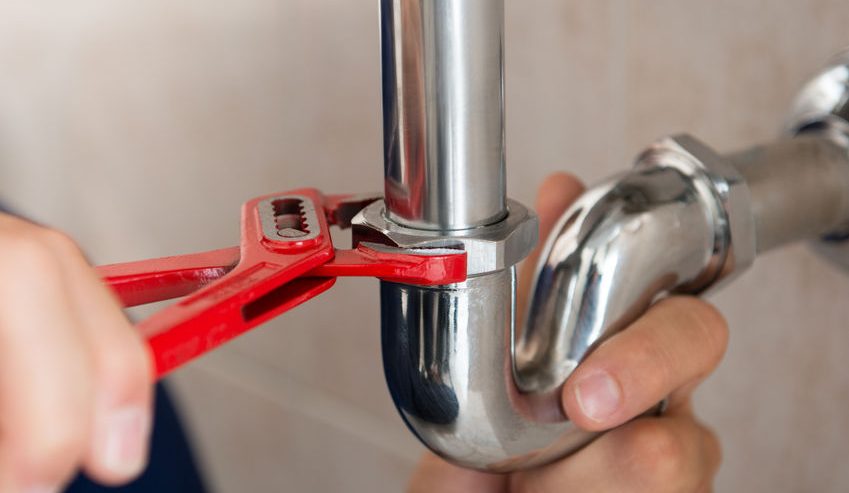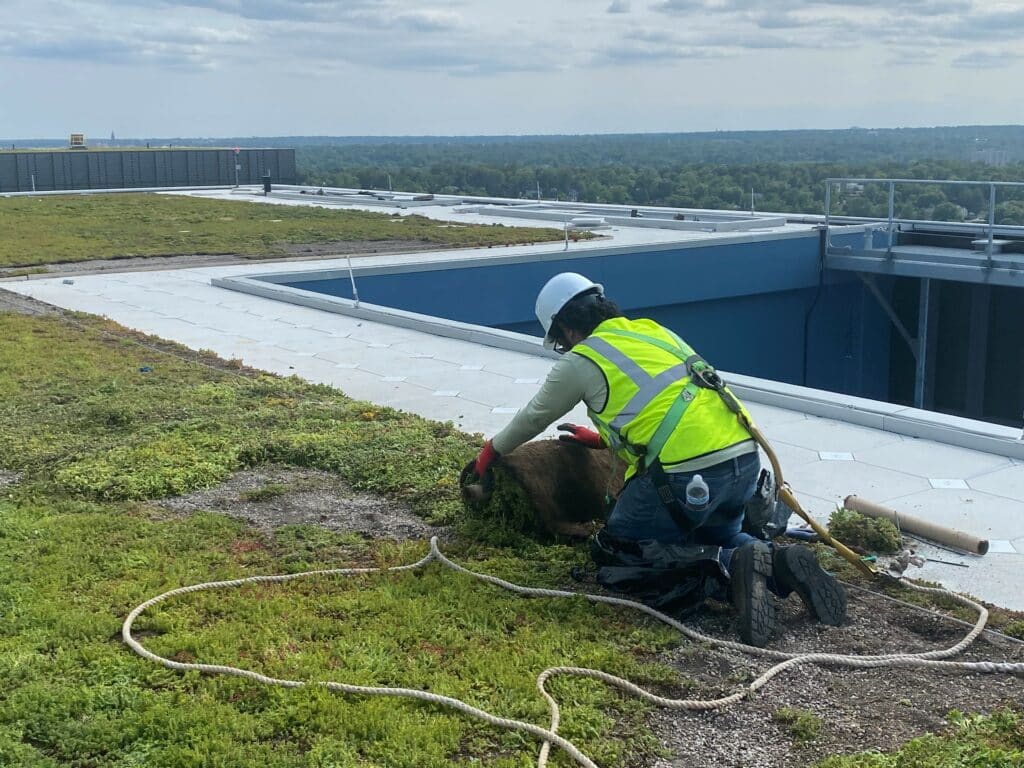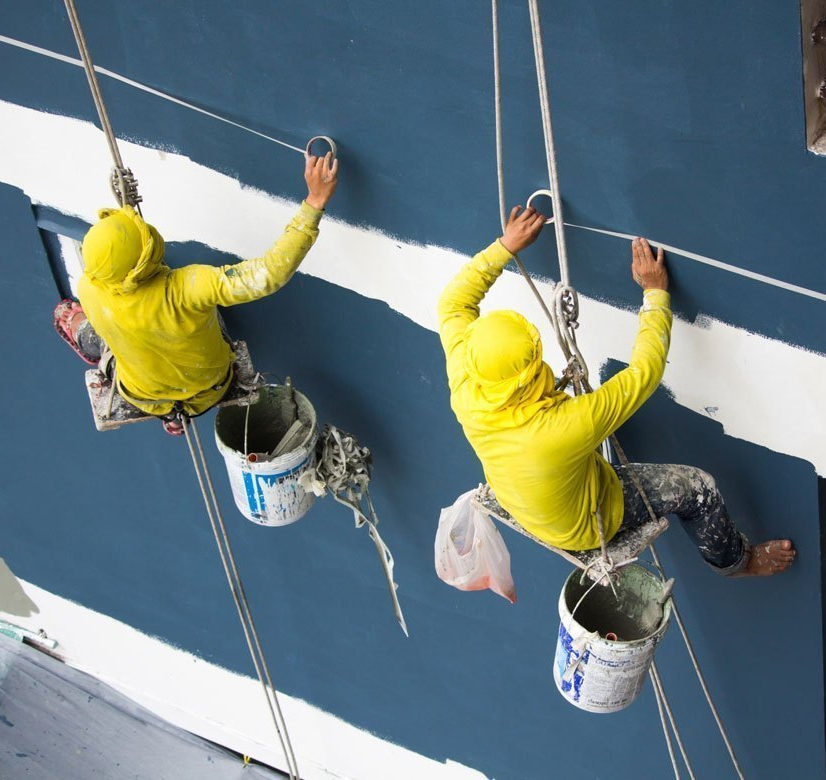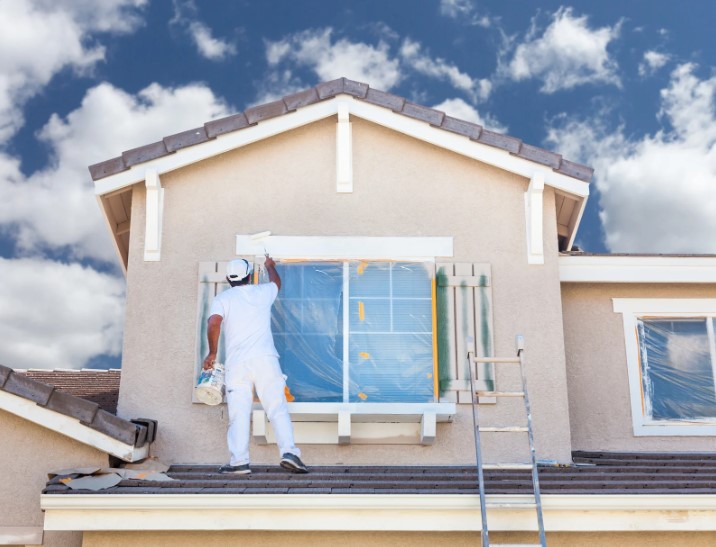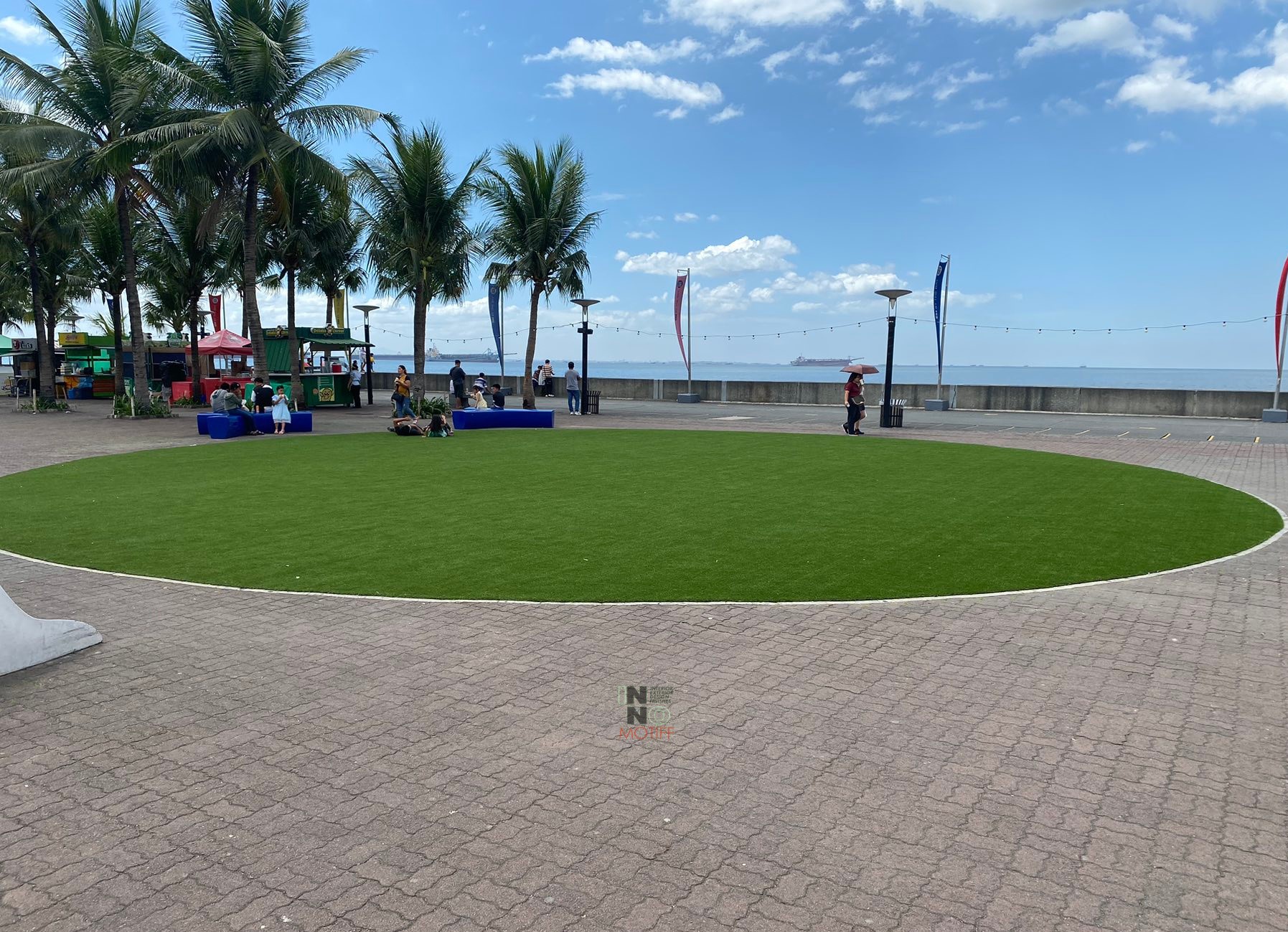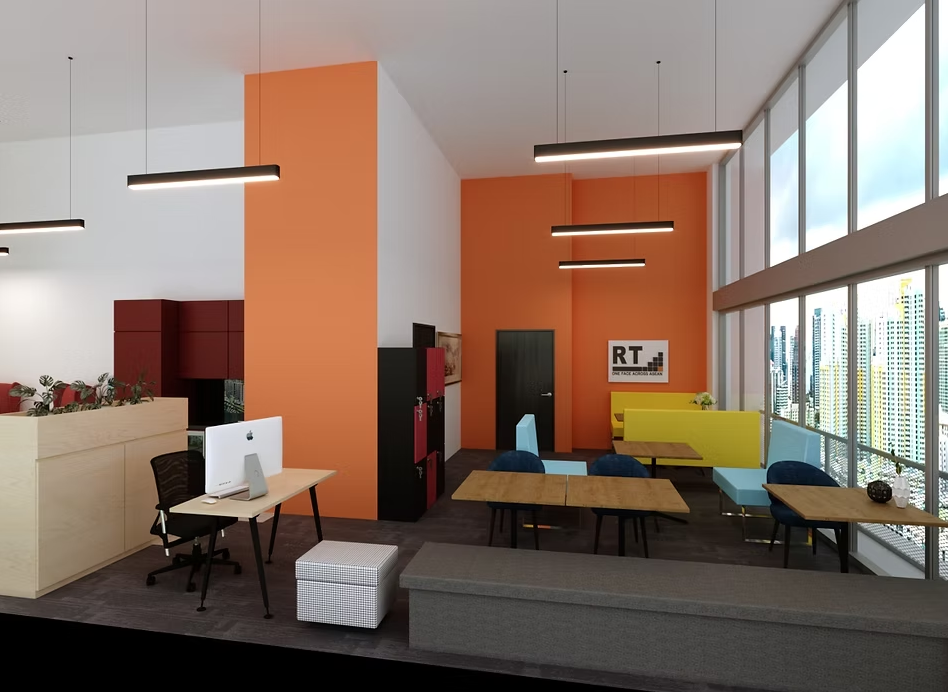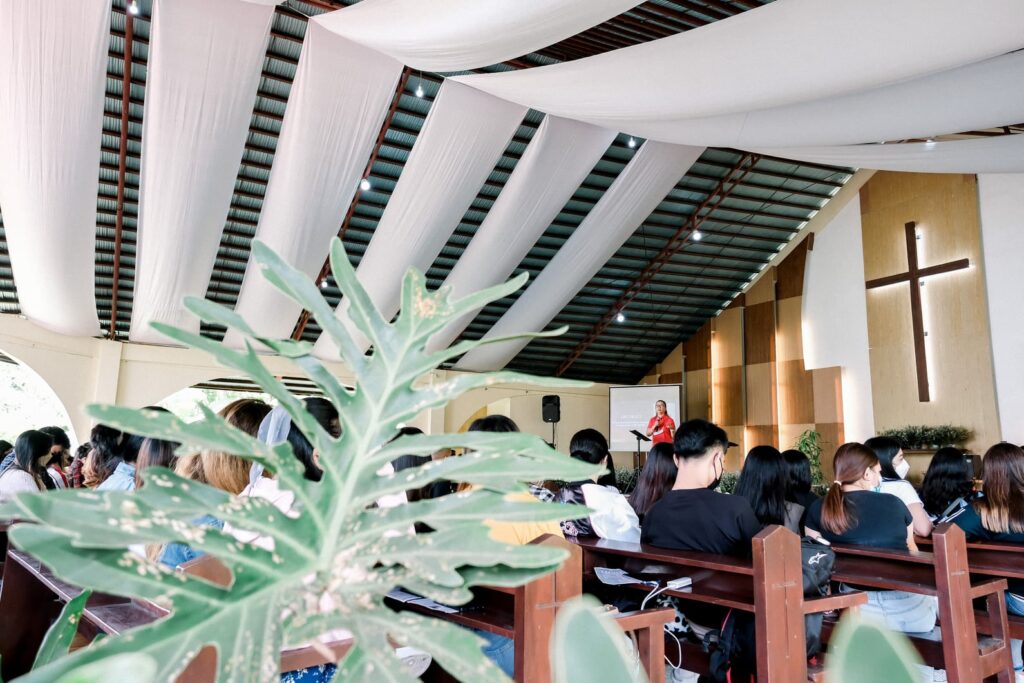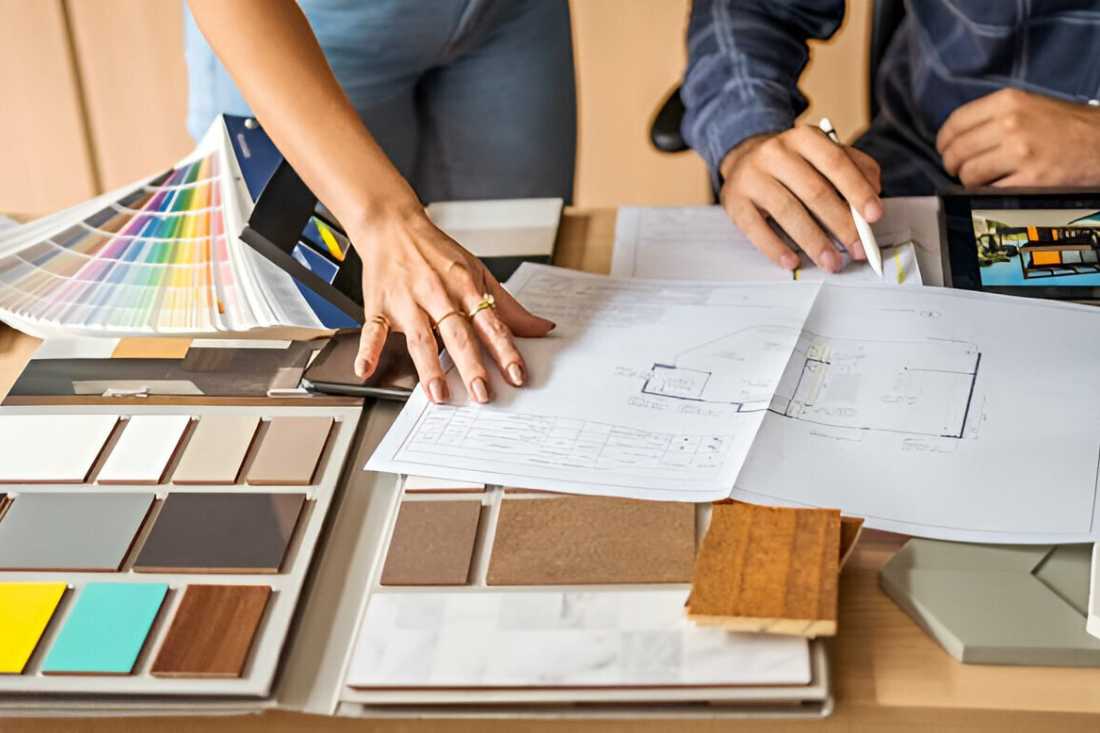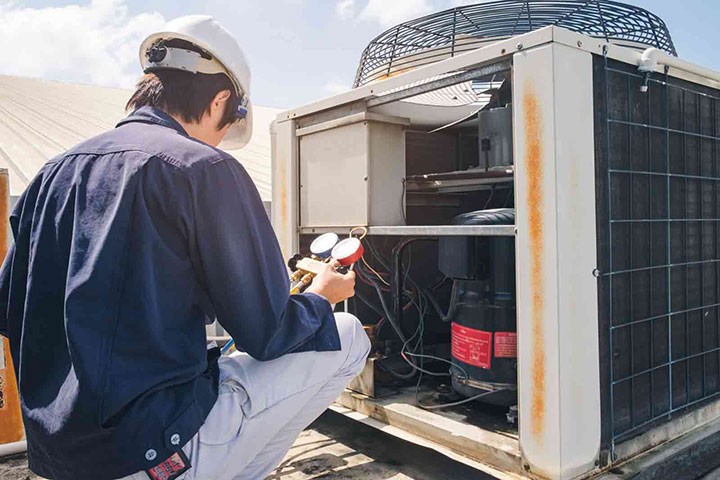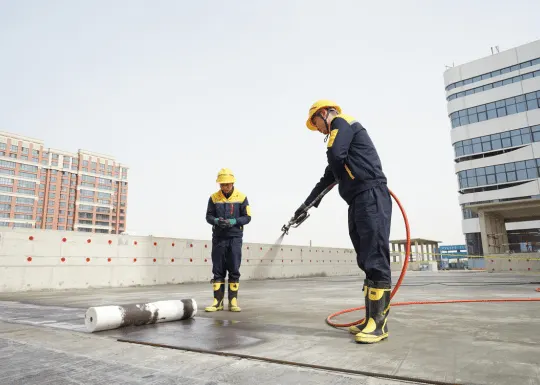Understanding Water Leakage
Water leakage is a common problem in homes and commercial properties, and it can lead to serious structural and financial damage if ignored. It occurs when water escapes from its intended pathway, such as pipes, roofs, or plumbing fixtures. There are different types of leaks, including slow drips, sudden pipe bursts, and hidden leaks behind walls or under floors. Common causes include worn-out seals, corrosion in pipes, roof damage, and clogged drainage systems. Leaks can also result from natural factors like heavy rainfall, ground movement, or freezing temperatures causing pipe expansion. Early signs of water leakage often go unnoticed, but key indicators include damp spots, mold growth, musty odors, and unusual spikes in water bills. Recognizing these signs promptly allows homeowners to address issues before they escalate into expensive repairs.
The Importance of Timely Water Leakage Repair
Delaying water leakage repair can cause severe damage to a property. Structural damage may include weakened walls, sagging ceilings, and compromised foundations. Electrical systems exposed to water can become hazardous, increasing the risk of short circuits or fires. Mold and mildew thrive in damp environments, posing health risks to inhabitants, especially those with respiratory conditions. Repairing leaks promptly saves money by preventing minor issues from turning into major renovations. Timely maintenance also preserves the value of the property and enhances overall safety. Additionally, consistent upkeep demonstrates responsible property management, which can be advantageous when selling or renting a home. Acting quickly also reduces the environmental impact by minimizing unnecessary water wastage, a key consideration in sustainable living.
Identifying the Source of Water Leakage
Detecting the origin of a leak is critical to ensure effective water leakage repair. Homeowners can start with visual inspections to spot water stains, damp walls, or puddles around plumbing fixtures. Moisture meters can help locate hidden leaks inside walls or under floors, while thermal imaging technology identifies temperature variations that indicate water accumulation. Common leak points include bathrooms, kitchens, basements, roofs, and exterior walls. Distinguishing between minor leaks and serious issues is crucial, as small drips may be manageable with DIY solutions, whereas significant leaks require professional intervention. Identifying the source early prevents secondary damage such as warped flooring, peeling paint, and structural deterioration. Regular monitoring and detection can save both time and money while maintaining a safe living environment.
Effective Methods for Water Leakage Repair
Addressing water leakage requires selecting the appropriate repair method based on severity and location. DIY solutions are available for minor leaks, such as using sealants, pipe clamps, or waterproof coatings to temporarily stop water flow. For larger issues, professional repair techniques may involve pipe replacement, wall injections, roof patching, or comprehensive plumbing repairs. Advanced leak detection systems can prevent recurring problems by monitoring water flow and pressure. It is essential to understand the pros and cons of DIY versus professional repair. DIY methods save money initially but may fail if not done correctly, while professional repairs offer long-term reliability and ensure compliance with safety standards. Incorporating innovative technologies like leak sensors and smart plumbing systems further enhances prevention and reduces the risk of future damage.
Preventive Measures to Avoid Future Leakage
Preventing water leakage is as important as repairing it. Regular inspections of plumbing, roofing, and drainage systems help identify vulnerabilities before they turn into serious problems. Water-proofing solutions such as membrane coatings, sealants, and protective barriers strengthen walls, roofs, and foundations. Proper plumbing maintenance, including unclogging drains, checking for pipe corrosion, and installing pressure regulators, reduces the risk of leaks. Seasonal considerations, like insulating pipes during winter or clearing gutters in autumn, also play a critical role. Homeowners can implement small, consistent habits, such as checking under sinks and monitoring water bills, to catch leaks early. Investing in high-quality fixtures and pipes improves durability and reduces maintenance needs. Preventive measures not only protect property but also contribute to water conservation and sustainability.
Cost Considerations and Budgeting for Repairs
Water leakage repair costs vary depending on the type, location, and severity of the leak. Minor leaks may require inexpensive sealants or minor pipe repairs, whereas significant leaks might involve pipe replacement, structural repair, or roof restoration. Factors influencing cost include material quality, labor charges, emergency service fees, and regional price differences. Homeowners should consider both immediate repair costs and long-term savings from avoiding secondary damage. Choosing professional services ensures that repairs are performed correctly, reducing the likelihood of recurring issues. Budgeting for preventive maintenance can also offset future repair expenses. It is advisable to request multiple quotes and compare services to make a cost-effective decision without compromising quality.
Environmental Impact and Water Conservation
Water leakage not only affects property but also has a significant environmental impact. Leaks contribute to unnecessary water wastage, which can strain local water resources and increase utility bills. Eco-friendly repair solutions, such as using sustainable materials and energy-efficient leak detection devices, help minimize environmental harm. Homeowners can adopt water-saving practices like installing low-flow faucets, repairing leaks promptly, and monitoring water usage. Preventing water leakage aligns with broader sustainability goals and reduces the overall carbon footprint of maintaining a home. By combining repair, maintenance, and conservation strategies, homeowners can protect both their property and the planet. Regular awareness and proactive measures ensure responsible water usage and promote long-term ecological benefits.
FAQ
How can I tell if a leak is hidden behind walls or under the floor?
- Hidden leaks often manifest as damp patches, discoloration, musty odors, or mold growth. Moisture meters and thermal imaging cameras are effective in detecting concealed leaks.
Can I fix a water leak myself safely?
- Minor leaks like dripping faucets or small pipe cracks can be fixed with DIY methods, but larger leaks require professional intervention to avoid further damage or safety hazards.
How long does a professional water leakage repair take?
- The repair duration depends on the severity and location of the leak. Minor repairs may take a few hours, while extensive plumbing or roof issues could require multiple days.
Will water leakage repair increase my home insurance premiums?
- Timely repair generally does not raise premiums. In fact, some insurers may offer discounts for proactive maintenance.
What are the best materials for long-lasting leak repairs?
- Durable materials like PVC, PEX, copper pipes, and high-quality sealants ensure long-term effectiveness and reduce the likelihood of recurring leaks.
Takeaway
Water leakage repair is essential to maintain a safe, healthy, and valuable property. Identifying leaks early, selecting the appropriate repair method, and implementing preventive measures help minimize damage and save money. Combining professional repair solutions with DIY monitoring, regular inspections, and eco-friendly practices ensures long-term protection and water conservation. By staying proactive and informed, homeowners can safeguard their property while promoting sustainable living practices.

